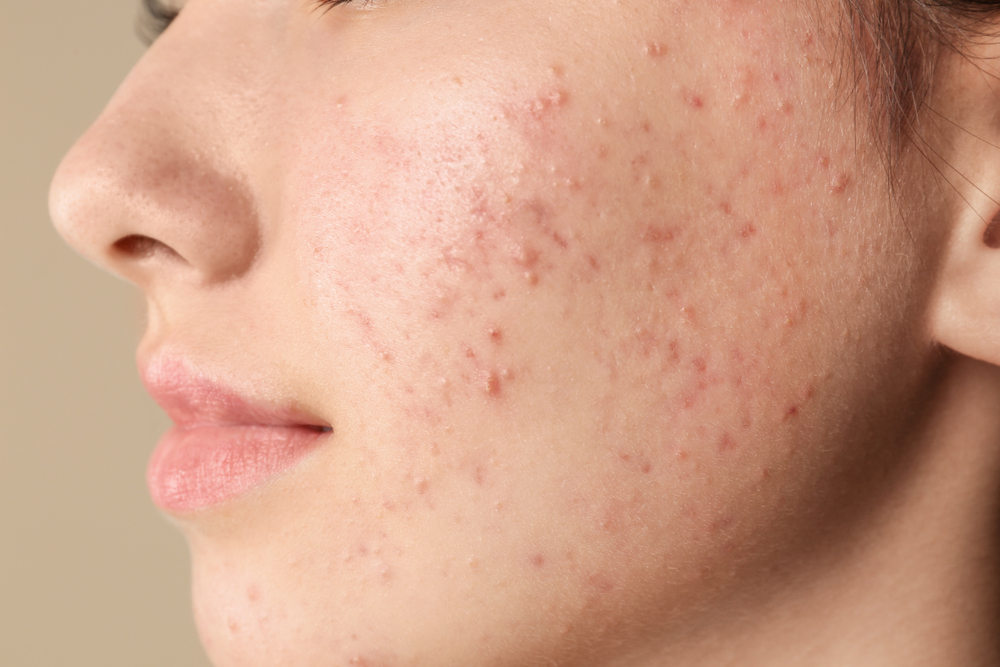Fungal acne, also known as pityrosporum folliculitis or Malassezia folliculitis, is a skin condition caused by an overgrowth of yeast-like fungi called Malassezia. Unlike typical acne caused by bacteria, fungal acne arises when these fungi multiply excessively on the skin, leading to small, itchy bumps or pimples. These bumps are often mistaken for traditional acne but require different treatment approaches.
Fungal acne isn’t as common as bacterial acne, but it can be frustrating because it looks similar and can occur in similar areas like the face, chest, back, or shoulders. If you’ve been trying standard acne treatments without success, it’s possible that you may have fungal acne instead.
What causes fungal acne?
Several factors can contribute to the development of fungal acne:
- Humid and warm environments: Malassezia fungi thrive in warm, humid conditions. Sweating excessively or living in a humid climate can create an environment conducive to fungal overgrowth.
- Occlusive clothing or cosmetics: Wearing tight clothing or using occlusive skincare products that trap heat and moisture against the skin can promote the growth of Malassezia.
- Compromised skin barrier: A weakened skin barrier due to excessive use of harsh skincare products, frequent exfoliation, or underlying skin conditions like eczema can make the skin more vulnerable to fungal infections.
- Antibiotic use: Prolonged use of antibiotics can disrupt the natural balance of microorganisms on the skin, potentially allowing Malassezia fungi to proliferate.
- Hormonal changes: Fluctuations in hormone levels, such as during puberty, pregnancy, or when taking oral contraceptives, can alter the skin’s oil production and contribute to fungal acne.
Frequently asked questions about acne
How do I know if I have fungal acne or bacterial acne?
Fungal acne, caused by yeast overgrowth, appears as uniform, itchy bumps, while bacterial acne often includes deeper cysts and nodules.
What are the best treatments for fungal acne?
Effective treatments include antifungal creams, ketoconazole shampoo, and topical antifungal agents like tea tree oil or sulphur.
Can fungal acne go away on its own?
Fungal acne may persist without targeted treatment. Unlike bacterial acne, it often requires antifungal treatments for resolution.


